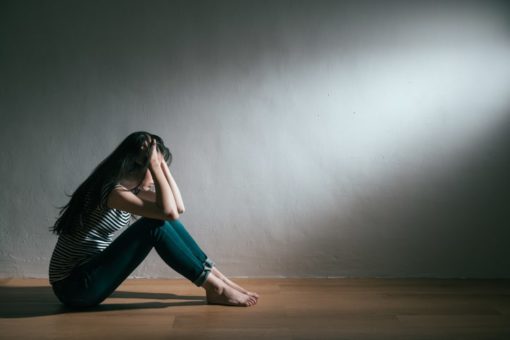 Bipolar disorder is generally misconstrued as a disorder of rapidly ricocheting moods that go from deep misery to extraordinary elevated self-belief however this common mood disorder is much more complex than the assumed emotional labile rollercoaster that our society believes. Statistics reveal that 2.5 million Americans over the age of 18 are believed to be living with either bipolar I or bipolar II disorder, and that’s not including the ones who haven’t been diagnosed properly, a major issue, which is deeply tied to misinformation about symptoms.
Bipolar disorder is generally misconstrued as a disorder of rapidly ricocheting moods that go from deep misery to extraordinary elevated self-belief however this common mood disorder is much more complex than the assumed emotional labile rollercoaster that our society believes. Statistics reveal that 2.5 million Americans over the age of 18 are believed to be living with either bipolar I or bipolar II disorder, and that’s not including the ones who haven’t been diagnosed properly, a major issue, which is deeply tied to misinformation about symptoms.
What is bipolar disorder?
Bipolar affective disorder or manic-depressive illness is a mood disorder characterized by periods of profound depression that alternate with periods of excessive elation and irritable mood known as mania. Because it is a mood disorder it is in the same category as depression, also a mood disorder but without the mania component. Individuals will suffer from extreme mood swings that interfere with personal relationships, occupational function, and daily activities. It is common for bipolar disorder to be apart of a co-occurring disorder, which refers to mental health illnesses that co-occur with substance abuse disorders such as opioid, alcohol or cocaine abuse. Bipolar disorder can often co-occur with anxiety disorders such as generalized anxiety disorder and panic disorder and when these disorders co-occur, there is a higher likelihood of substance abuse and suicide attempts. Bipolar disorder can be characterized into two types: bipolar disorder type I (BPI), and bipolar disorder type II (BPII).
Bipolar disorder type I
Bipolar disorder type I also known as bipolar 1 is the most severe form of the two types of manic depression. It is characterized by manic episodes lasting at least one week in duration or episodes that lead to hospitalization or other significant impairments in occupational or social functioning. Depressive episodes must also be present as well however in most cases of bipolar disorder type 1, manic episodes are the mainstay of the presentation.
Bipolar disorder type II
Bipolar disorder type II is the milder form of the two types of manic depression and is often misdiagnosed as depression. This disorder is characterized by depression with alternating episodes of hypomania, which is a milder form of mania. Individuals with bipolar type II often have severe depression in comparison to their hypomania and as a result their hypomania is often overlooked and they are diagnosed with major depressive disorder as a result. Hypomania is characterized by an elevated, expansive, or irritable mood of at least 4 consecutive days’ duration however it does not result in hospitalization or a significant impairment in occupational or social functioning. Another major difference between mania and hypomania is people experiencing a manic state often lose the capacity to notice or understand that something is wrong or off with their behavior, while hypomanic states often leave that ability intact.
Treatment for bipolar disorder
Management for bipolar disorder can be extremely complicated as it specifically depends on the whether the individual is exhibiting manic phases or depressive phases and the severity of these phases. If the individual is severely depressed and suicidal then inpatient management is best suited as opposed to a patient who is demonstrating racing thoughts and decreased sleep but who is able to function in daily activities in which that person will most likely benefit from outpatient treatment. Pharmacological therapy is indicated for manic episodes but the specific types of medication depend on the severity of the mania and the presence of psychosis. Mood stabilizing agents and antipsychotic agents are the first-line pharmacological treatment for manic episodes. Antidepressant agents are generally not used in combination with mood stabilizers and antipsychotics as this dangerous combination can worsen an individual’s symptoms. Antidepressants are generally indicated only when the individual is experiencing the depressed phase with no symptoms of mania. When left untreated bipolar disorder can create havoc in one’s life resulting in severe behavioral issues and can also lead to self-harm and suicide.
